On Being A Social Justice Rabbi
Image courtesy of HIAS.
In this ninth installment of our Reimagining 'Rabbi' series, Rabbi Rachel Grant Meyer responds to this clip from our Women Rabbis Exhibit:
In her interview on the “Choice Between Activism and Learning,” Rabbi Sharon Cohen Anisfeld tells the story of being asked, during her rabbinical school interview, how it felt to be giving up an activist’s life to pursue a several-year course of learning. Before she could answer, someone else in the room stepped in and asked the questioner, “What do you mean? That’s what we’re all about – the integration of activism and learning!” I think of this response when I think about what it means to be an activist rabbi. As Rabbi Anisfeld addresses later in her interview, being a rabbi meant that I would be uniquely positioned to maintain engagement in issues of social justice beyond the Jewish community while bringing a particular lens – a Jewish lens – to that work. Drawing on Jewish text, ritual, and liturgy enriches and informs my activism. Jewish tradition offers a rich set of resources to bring additional meaning, relevance, and poignancy to my work for social justice. I can wear my tallit to a rally to mark it as sacred space and create Jewish visibility or I can transform the ritual of kriyah (tearing a garment) to mourn the potential loss of life amongst refugees seeking safety in the United States in the wake of an Executive Order barring their entry.
I am drawn to social justice work because it gives me a context in which to lift up the voices of, and work in solidarity with, people living on the margins, people who have been made other. One of the texts that I often teach and that has particular personal resonance for me comes from the Torah’s book of Exodus. It teaches that the Jewish people are not to oppress the stranger because we know the soul of the stranger, having ourselves been strangers in the land of Egypt (Mitzrayim). As a queer female rabbi, I feel particularly drawn to “the strangers” in our midst because I often find myself in the role of stranger as I try to navigate these two marginalized pieces of my own identity. Understandably, many members of the Jewish community have a certain image of who a rabbi is – typically an older, more religiously traditional man in a heterosexual marriage. As a young, queer, female rabbi, my identity both challenges their preconceived notion of who a rabbi is and means that they may bring certain assumptions to their interactions with me.
In many Jewish settings, people see my wedding ring and immediately ask what my husband does or ask if I should be called rebbetzin, rather than rabbi. When they ask these perfectly well-intentioned questions, I am boxed in and put in a narrow place, in my own Mitzrayim (Egypt), by their assumptions. I am left to wonder whether it is safe for me to more accurately share the realities of my life – that I am married to a woman, not a man, and that I am a rabbi, not a rebbetzin – and still be respected and seen as a legitimate leader.
I long for a more expansive Judaism that has room for me and for all of us to bring our full selves into our communities and our leadership roles; I think the Exodus text gives us insight into how to build this kind of world. When the Torah says that we know the soul of the stranger, it reminds us that we know the feelings of marginalization and otherness that a stranger may experience. The text does not mean to suggest that to know the soul of the stranger means we know the particulars of another person’s story. Furthermore, because we know what it feels like to have been made other, we should behave and build our communities in such a way that no one else experiences those feelings.
Just as I long for a more expansive and less presumptuous Jewish community, I also long for a more inclusive world beyond the Jewish community. Every day, as the Director of Education at HIAS, the world’s oldest, and only Jewish, refugee resettlement and aid organization, I work to help bring some of the world’s most marginalized people out of otherness and into the center. Fleeing violence and persecution because of their identities and beliefs, refugees face additional challenges in the new countries in which they seek to rebuild their lives. They face increased discrimination based on false assumptions about who they are and how they might act. They need all of us to help tell the story of who they actually are: people who make amazing and vital contributions to the communities in which they settle.
Refugees and all those who are marginalized live with incredible vulnerability as they struggle to live fully as who they are, free from the worry of further persecution or marginalization. While many translate the word “nefesh” in the Exodus text as “soul”, others translate it as “jugular” – one of the most vulnerable parts of the human body. The Torah teaches us, then, that we can best hold people in their vulnerable places when we free ourselves from assumptions and draw on our own experiences of being vulnerable to create open and accepting communities. This is the work that I am committed to as a queer female rabbi pursuing a social justice rabbinate. I hope that we will soon know a world where all are able to come out of Egypt, out of the narrow places, and live safely in the fullness of who we are.

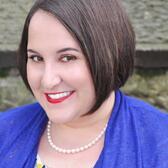
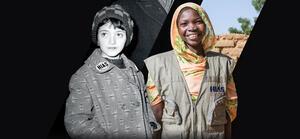
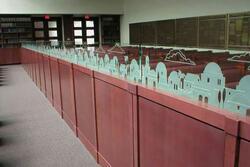
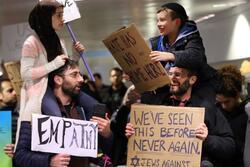
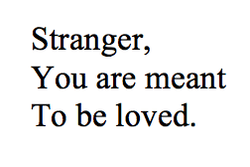


Beautiful piece!